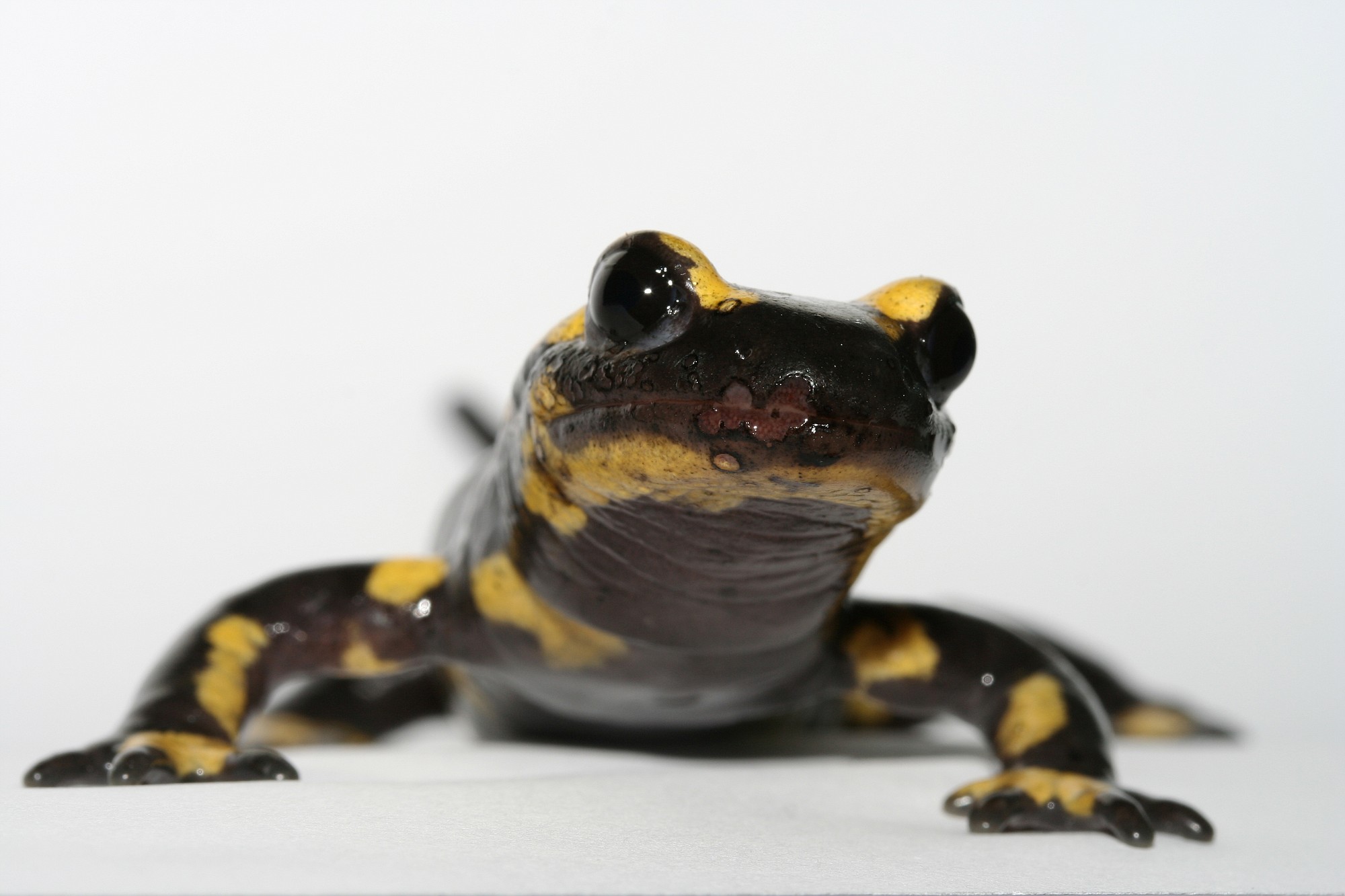Newt and salamander lovers, take note: A disease that’s devastated amphibian populations in parts of Europe is almost certainly headed to the United States.
“It’s a question of when, not if, this fungus reaches North America,” University of Maryland researcher Carly Muletz, co-author of a recent study on the subject, said in a statement.
This parasitic fungus, which originated in Asia, made itself known in 2013 when it killed all but 10 of the remaining fire salamanders in the Netherlands. The fungus, Batrachochytrium salamandrivorans, is similar to one that plagues the tropics, driving hundreds of species of frogs toward extinction.
This new fungus targets salamanders and newts exclusively. It can kill within a week, eating away at the animal’s skin.
In a study published Thursday in Science, researchers screened more than 5,000 amphibians of 35 different species, hailing from locations across four continents. They also looked at 2,000 skin samples taken from animals in museums and pet stores.
The researchers suspected that the Asian fungus had come to Europe by way of the international animal trade. Several Asian amphibians are popular pets across the world, and they could be carrying unusual fungi into their new homes.
That seems to be the case, with immune Asian amphibians — who’ve probably been exposed to the fungus for millions of years — bringing it to the pet shops of Europe.
Imports rarely tested
While the fungus wasn’t detected in any American samples, the researchers warn that it can’t be far off. The United States receives a huge number of imported amphibians — 2.3 million of the popular Chinese fire-bellied newt between 2001 and 2009, for example — and these imports are rarely tested for disease.
The big concern here isn’t that Americans will lose their precious pets to disease, but that the devastating infection could make it out into the wild.
The United States already monitors its imports for pathogens that might infect humans or livestock, and the researchers believe it’s time to extend those precautions to include wildlife.
“We’ve got to work towards controlling pathogens in the wildlife pet trade,” co-author Trent Garner, of the Zoological Society of London told the BBC. “Moving animals around moves their pathogens with them. Quite often in new situations, these pathogens have the weapons to overwhelm local hosts that haven’t been exposed.”
If trade regulations aren’t put in place, he and the other researchers claim, this fungus — and other, unknown infections — could claim entire species.



